The Ladybird book of British history
- 150 páginas
- 6 horas de lectura
Perfect for school projects, this useful text covers eight areas of history: Romans, Saxons and Normans, Middle Ages, Tudors, Stuarts, Georgians, Victorians and the 20th Century.
Peter Dennis es un ilustrador cuyo trabajo se centra predominantemente en temas históricos. Su primera inspiración provino de revistas contemporáneas, lo que lo llevó a estudiar ilustración. Desde entonces, ha contribuido a una gran cantidad de libros, aportando su estilo distintivo a las narrativas históricas.
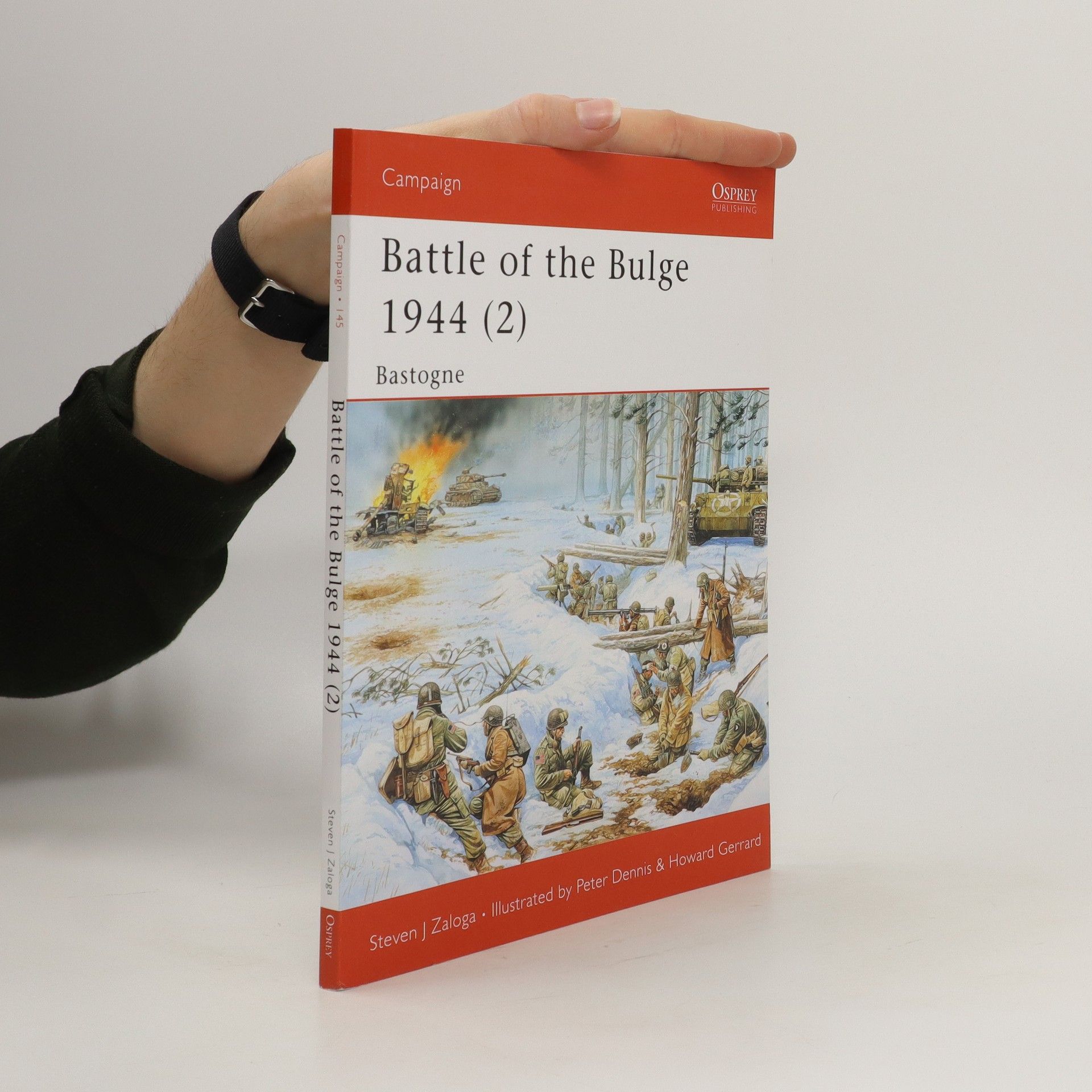

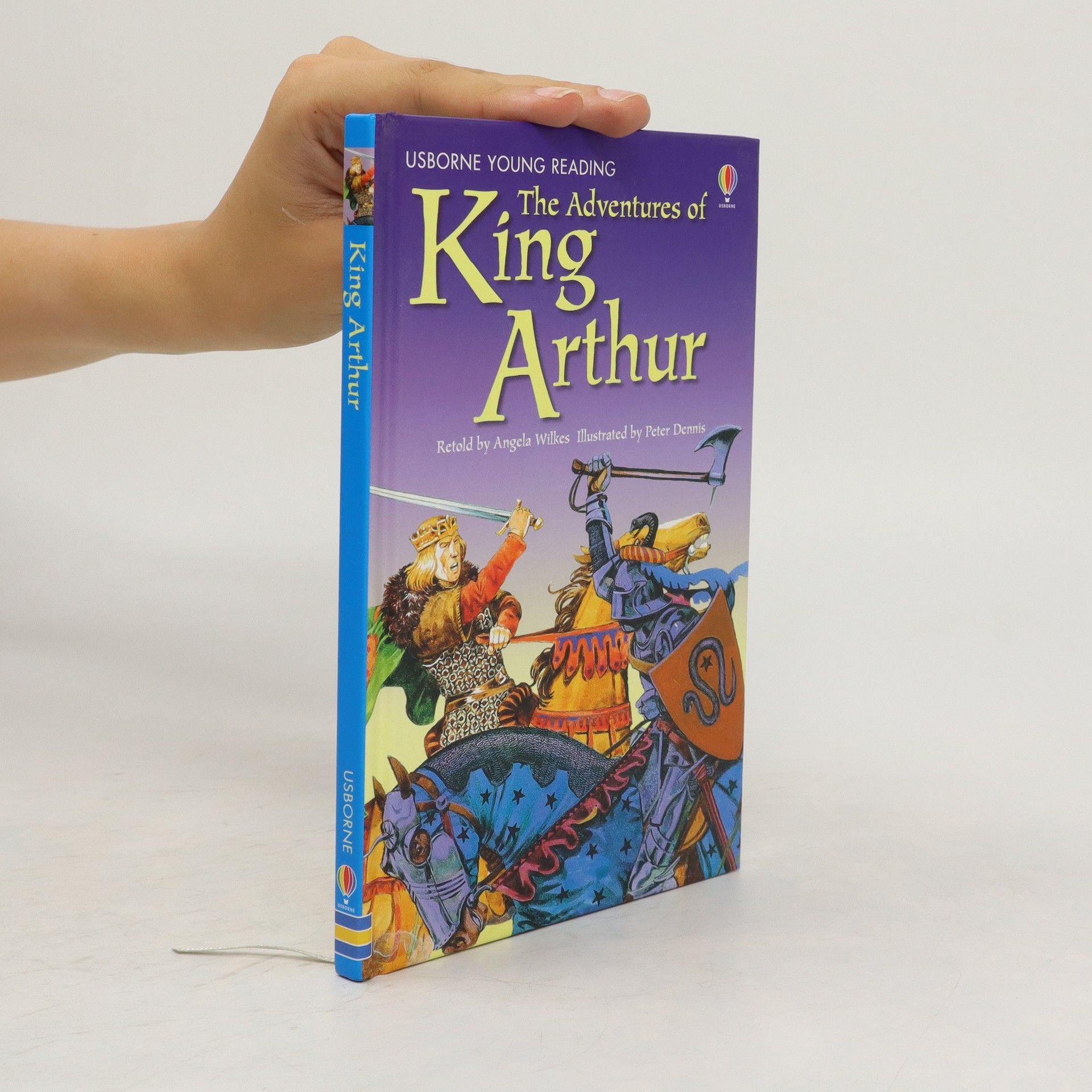
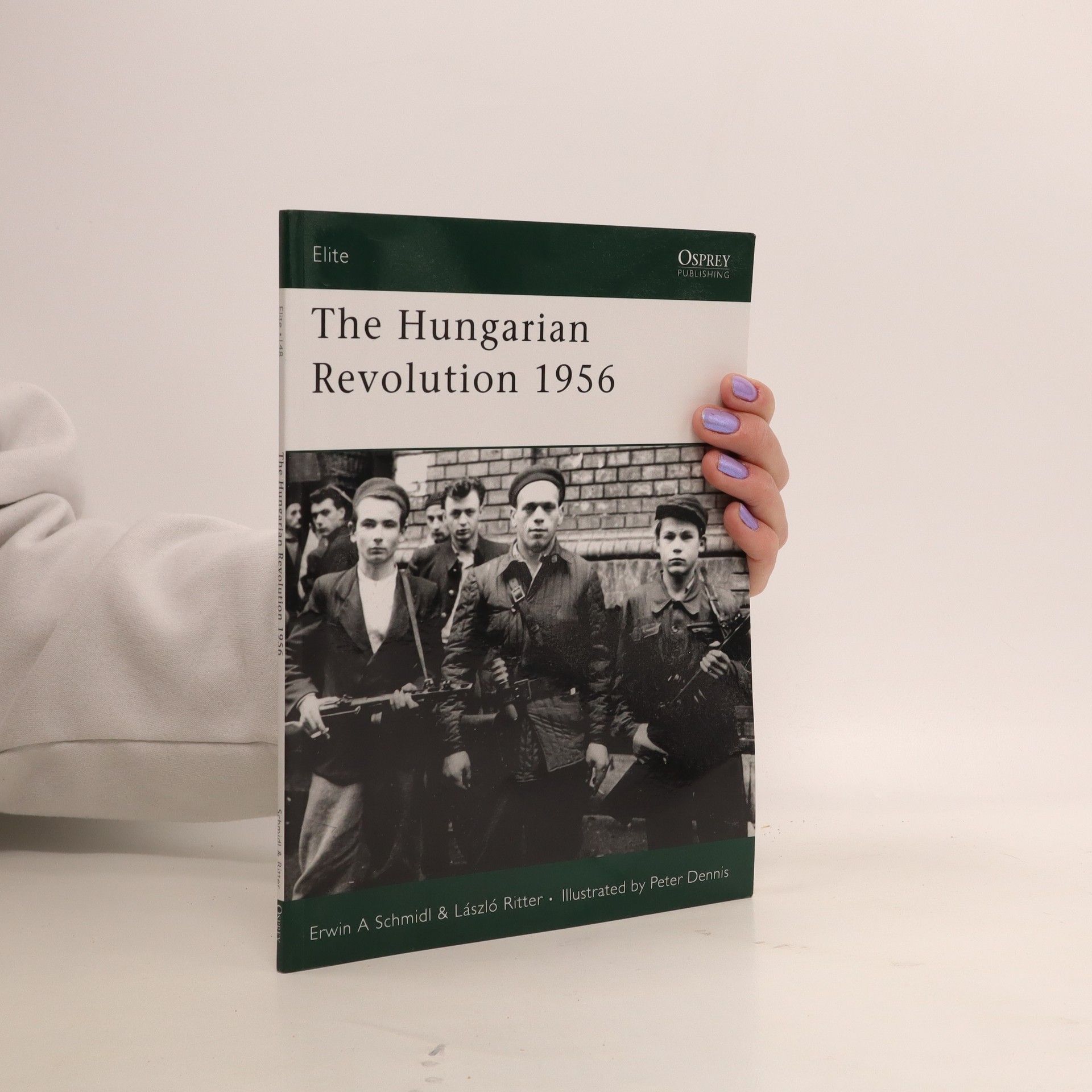
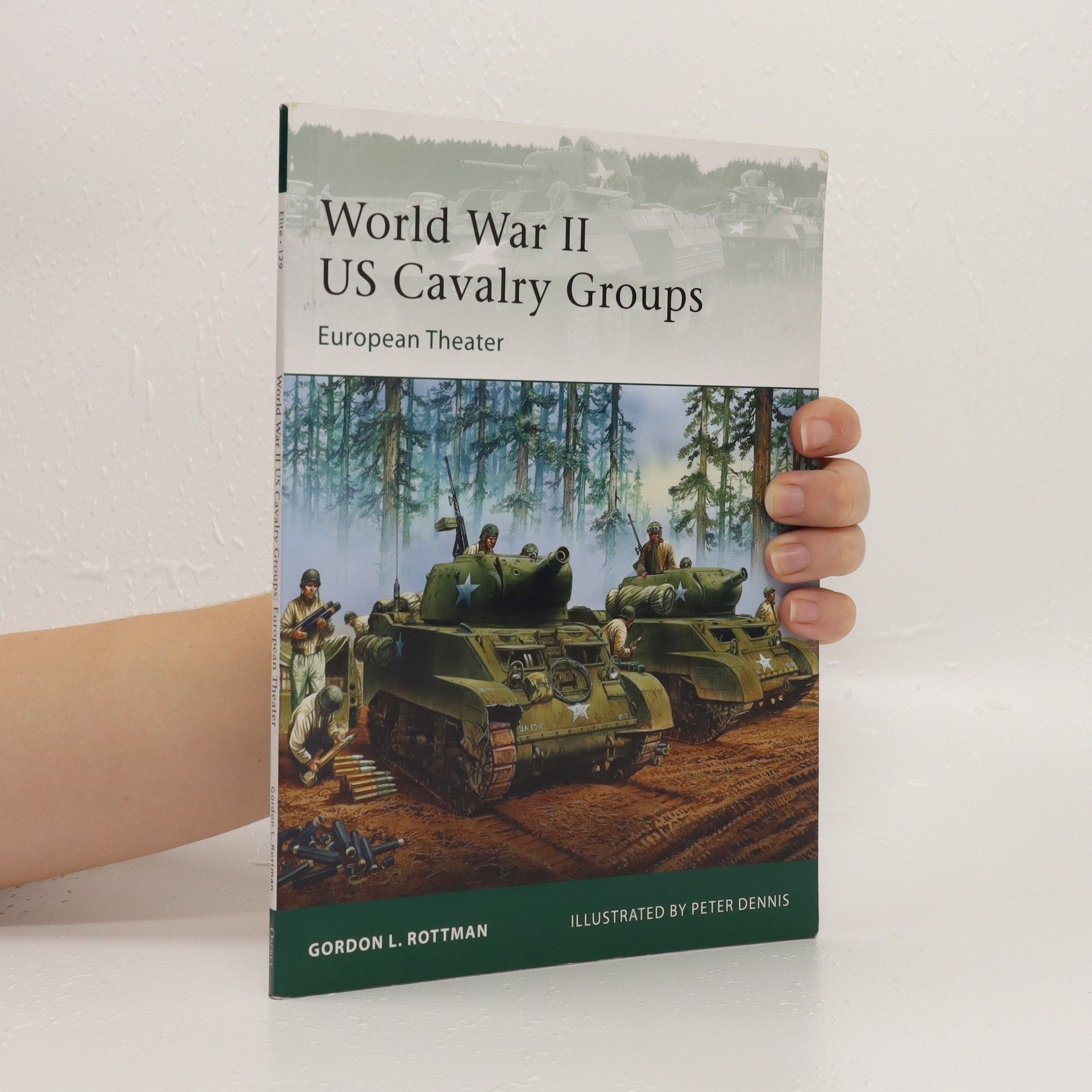
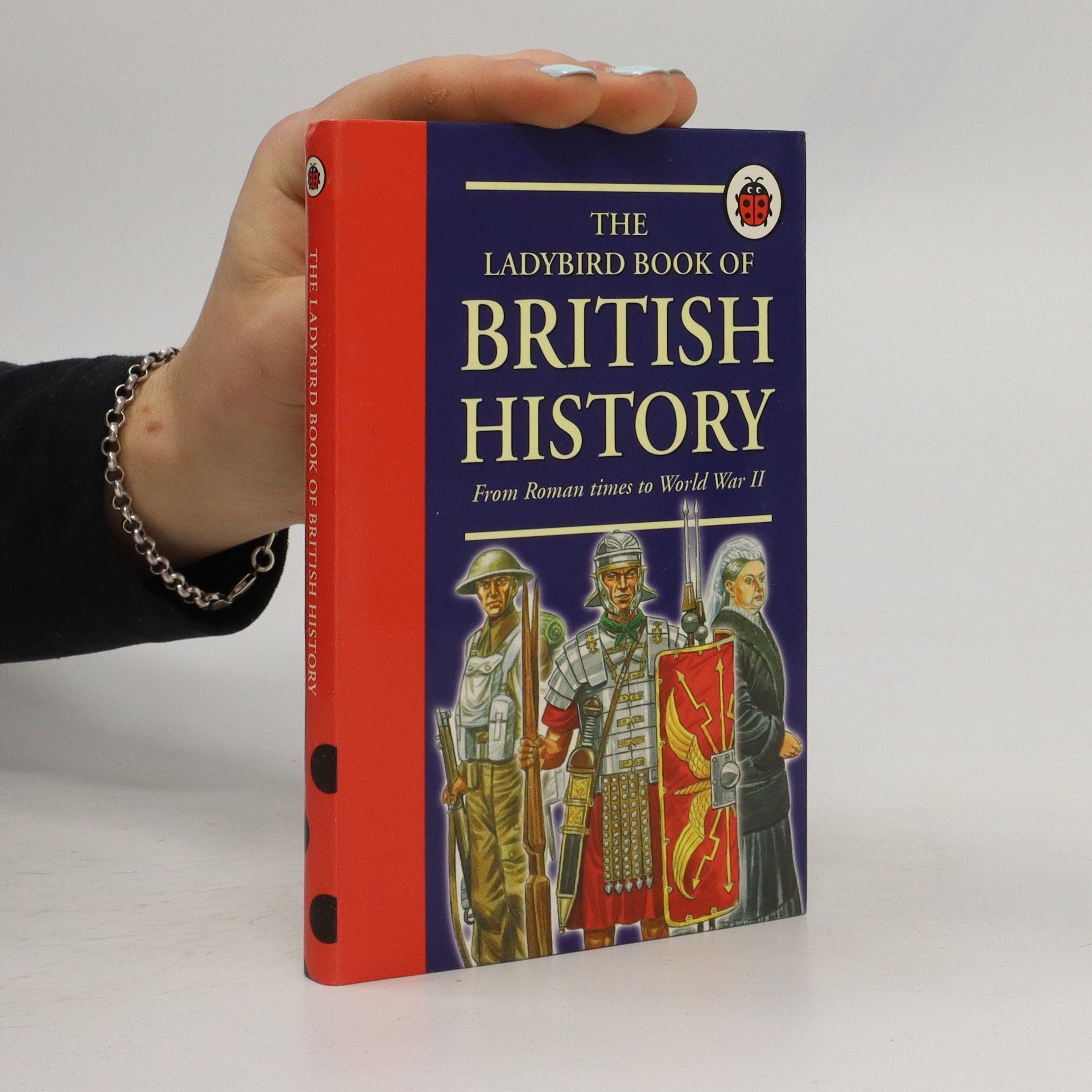
Perfect for school projects, this useful text covers eight areas of history: Romans, Saxons and Normans, Middle Ages, Tudors, Stuarts, Georgians, Victorians and the 20th Century.
The cavalry regiments of the US Army were in the process of being transformed into a mechanized force when the USA entered World War II. While those cavalry regiments deployed to the Pacific to fight the Japanese were turned into infantry units, those sent to Europe were employed as light armor in the cavalry's traditional spearhead roles - reconnaissance, the screening of advances and flanks, and the pursuit of beaten enemy forces. Equipped with M8 Greyhound armored cars, M5 Stuart and M24 Chaffee light tanks, and halftracks, these units were designated cavalry groups (mechanized), each c. 1,700 strong and divided into two heavily armed squadrons. They were seldom attached to divisions, but to higher-level corps commands, meaning they could be shifted around quickly and independently and be formed at need into flexible battle groups with armored, infantry, and other units, depending on the mission. Thirteen CG(M)s fought in Europe, seeing a great deal of action - they were usually the first units in contact with the enemy, and, because of their mobility and freelance role, the ones sent as "fire brigades" to block dangerous gaps. Featuring specially drawn full-color illustrations depicting uniforms, insignia, armored vehicles, and tactical scenarios, this is the story of the US cavalry units that led the advance to victory in Europe during World War II.
The Hungarian Revolution of October 1956 was the most important armed rising against the USSR during the Cold War. This book uses sources and provides a reassessment five decades after the revolution.
Young readers can enjoy the medieval legend of King Arthur, carefully written for children starting to read along. These exciting tales follow Arthur as he rules his kingdom, falls in love and tries to silence those who plot his downfall. 6 yrs+
Osprey's study of a crucial battle of the Grerco-Persian Wars (499-449 BC). Weeks after the glorious disaster at Thermopylae and heavy but inconclusive fighting at sea off Artemisium, with Athens now in barbarian hands and the Acropolis burned, the Greeks dramatically halted the Persian invasion of 480BC. They brought the 600-strong Persian fleet to battle with their 350 triremes in the confined waters of the straits of Salamis and, through a combination of superior tactics and fighting spirit, won a crushing victory. This drove the Persian navy out of the western Aegean and enabled the Hellenic Alliance to combine its manpower in sufficient force to destroy the massive occupying army in the following year. Victory over the Persians secured the 5th century flowering of Greek and, in particular, Athenian culture and institutions that so influenced the subsequent development of western civilisation.This book draws extensively on the findings of archaeological, technological and naval research, as well as on the historical sources to vividly recreate one of the most important naval campaigns in world history.
Osprey's second title examining the Battle of the Bulge, which was the largest and most costly battle fought by the US Army in World War II (1939-1945). When the attack in the north by 6th Panzer Army failed, Hitler switched the focus of the offensive to General Manteuffel’s 5th Panzer Army farther south. Overwhelming the green US 106th Division, German Panzers flooded towards the River Meuse. Barring their way was the crossroads town of Bastogne, reinforced at the last minute by the paratroopers of the 101st Airborne, the ‘Screaming Eagles”. The stage was set for one of the epic struggles of the war – the battle for Bastogne.
Osprey's study of air battle tactics of World War II (1939-1945). The delivery of entire divisions to battlefields behind enemy lines by parachute and glider played a significant part in the European campaigns of World War II. Despite notable successes, the costs and difficulties of this wholly new form of warfare have prevented airborne operations on a comparable scale since 1945. This book - by an airborne veteran of a later generation - explains in detail their advantages and drawbacks, developing techniques and equipment, with reference to specific German, US, British, Soviet and Japanese operations. The text is illustrated with period photographs, colour artwork and operation maps.
El capitán Gulliver viaja a fabulosos países, como Liliput, sin sospechar que le apresarán sus diminutos habitantes; y a Brobdingnag, poblado por gigantes que le exhiben como una rareza hasta que entra al servicio de la reina. Desembarca en la isla voladora Laputa, hábitat de sabios ridículos, y finaliza su aventura en el país de los houyhnhnms, donde el hombre -yahoo- vive sometido al poder del caballo.
Osprey's study of Inch'on, which was probably the most significant campaign in the Korean War (1950-1953), as well as the last major amphibious assault of division-size conducted in the history of warfare. The odds were stacked against the US troops, with virtually no time for training and many of the divisions unprepared for the conflict. The success of the Inch'on campaign is a testament to the sheer initiative of the officers and NCOs conducted it. This book details the strategy and tactics that led to the operation's success, as well as narrating the experience of the battle in fascinating detail.
Focusing on catching a plane, this is one of a series of single-topic information books. The story-like structure is intended to bridge the gap between picture fiction and information books, and the topics have been selected on the basis of their interest to children.